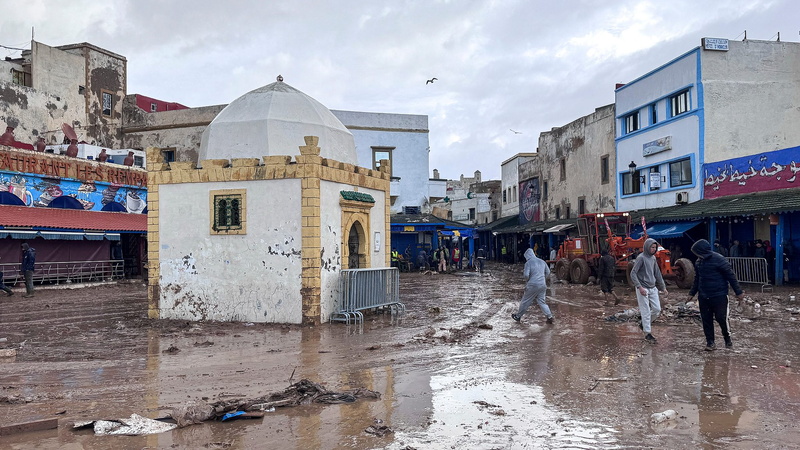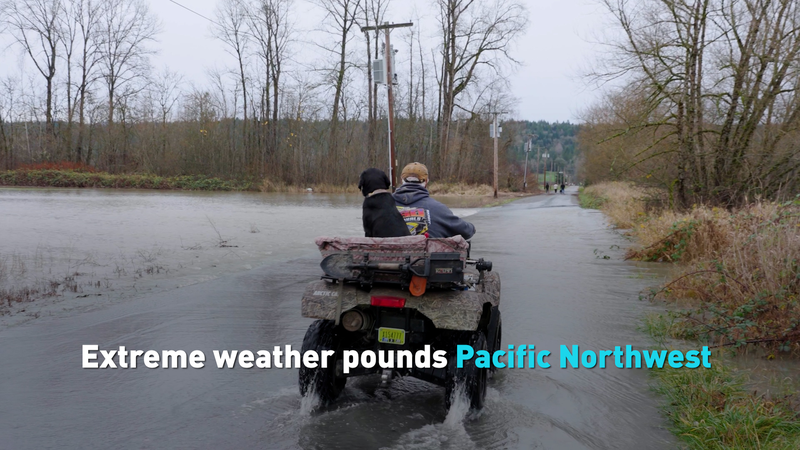Avian influenza is killing tens of thousands of seals and sea lions across the globe, disrupting ecosystems and challenging scientists to find ways to slow the virus's devastating impact.
The worldwide bird flu outbreak that began in 2020 has resulted in the deaths of millions of domesticated birds and has spread to wildlife worldwide. While the virus is not considered a major threat to humans, its spread in farming operations and wild ecosystems has caused significant economic turmoil and environmental disruption.
Seals and Sea Lions at Risk
Seals and sea lions in regions as diverse as Maine in the United States and Chile are particularly vulnerable to the disease. In the U.S., the virus has been detected on both the east and west coasts, leading to the deaths of over 300 seals in New England and several more in Washington. The situation is even more dire in South America, where more than 20,000 sea lions have died in Chile and Peru, along with thousands of elephant seals in Argentina.
Unlike domesticated animals, where the virus can be controlled, it spreads unchecked among wildlife and marine mammals, especially in areas like South America where seals lacked prior exposure to the virus, according to Marcela Uhart, director of the Latin America program at the Karen C. Drayer Wildlife Health Center at the University of California, Davis.
\"Once the virus is in wildlife, it spreads like wildfire, as long as there are susceptible animals and species,\" Uhart explained. \"Movement of animals spreads the virus to new areas.\"
Researchers are still investigating how seals contracted bird flu, with contact with infected seabirds being the most likely source. High mortality rates have consistently affected South American marine mammals since the virus arrived in late 2022, with hundreds of thousands of birds in Peru and Chile also succumbing to the virus.
The virus continues to spread and was detected in mainland Antarctica for the first time in February, affecting penguin populations.
The deaths of seals and sea lions disrupt ecosystems where these marine mammals serve as key predators near the top of the food chain. Seals help maintain balance in the ocean by preventing the overpopulation of the fish species they feed on.
Reference(s):
Scientists look for solutions to bird flu epidemic in seal colonies
cgtn.com




